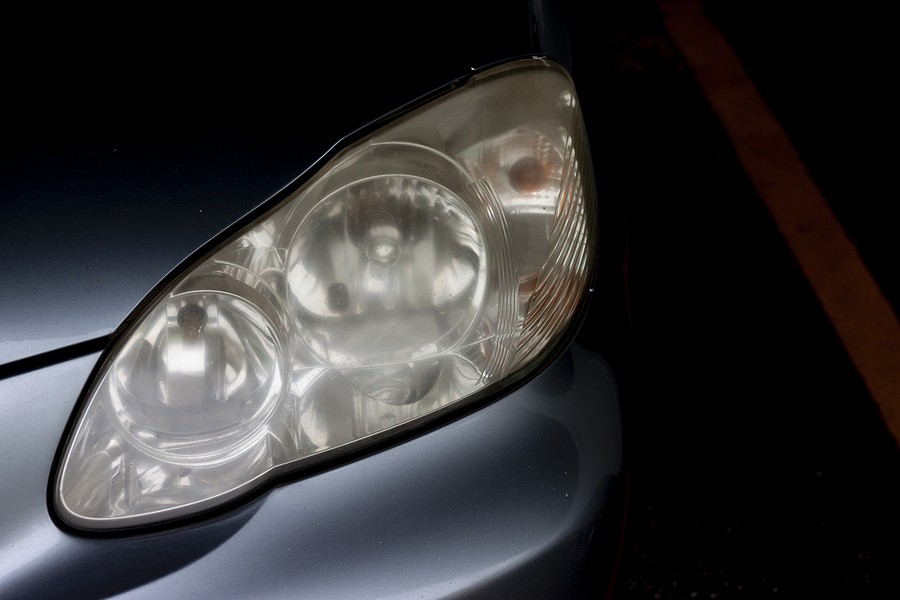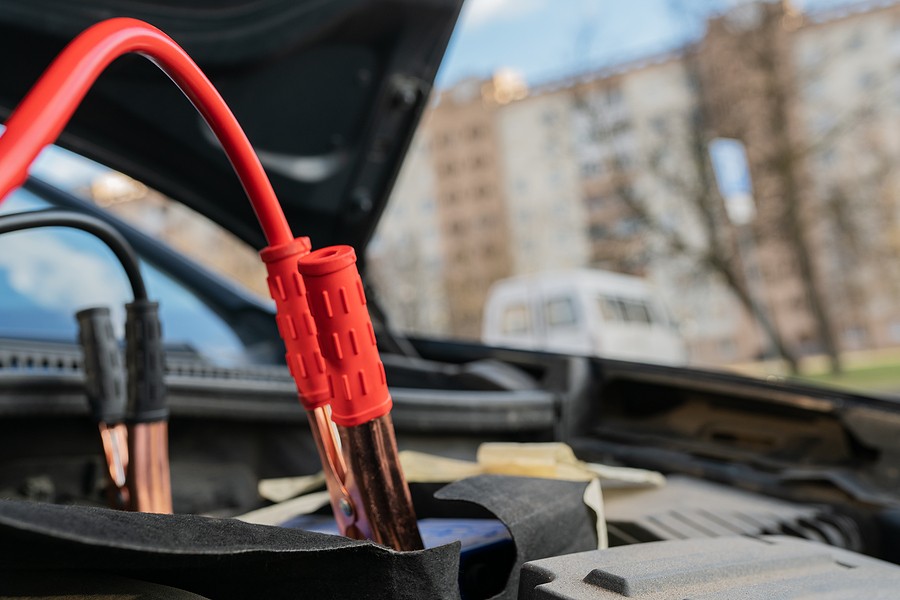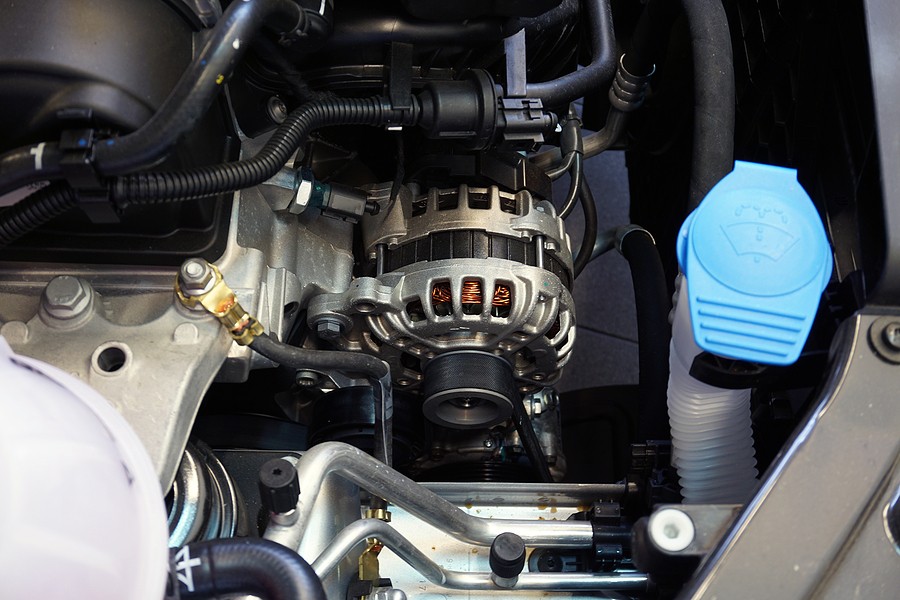If you're searching for “how to know if the alternator belt is bad,” below are the most common symptoms:
- Squealing noises
- Dimming lights
- Warning lights on the dashboard
- Battery issues
- Overheating
- Visual inspection
The alternator belt is a small component that plays a significant role in maintaining continuous charge to the electrical components. If this belt fails, the alternator is not going to work, and most of your electrical components will stop working if not failing.
Since this belt is not designed to last forever, it's not surprising to deal with its damage. Therefore, it is important for you as a car owner to understand when to check on it and how to know if it's going bad. Once you know that, you'll have to replace it immediately.
This article provides detailed guidance to help you understand “how to know if the alternator belt is bad?” It highlights the main symptoms and provides you with expected repair costs to consider.
How do you know if the alternator belt is bad?
If the alternator belt goes bad, you'll immediately see some responsive reactions from your vehicle. It will be a way for your car to bring your attention to internal problems so you can fix the issue before it evolves to impact further components.
The following list summarizes the six comment symptoms that you'll experience when your alternator belt is bad:
1- Squealing noises
Like most car belts, if the alternator belt is about to go bad, you'll hear squealing noises every time the alternator is engaged. Therefore, it's important that you never ignore these squealing noises, and you must monitor where they're coming from to know exactly whether it's the alternator belt or something else.
In general, if you experience any car noises, experts recommend that you never ignore them because it's just a way for your car to bring your attention to what's going on internally. Once you ignore these noises, the problem will evolve, and these noises will become louder and louder.
The earlier you detect these noises, the easier it is for your mechanic to fix your car without replacing major components. Otherwise, don't be surprised to deal with thousands of dollars in repair costs because of a problem that started with a minor sound.
2- Dimming lights
Another thing you'll experience when the alternators are about to have a bad belt is the dimming lights. This can impact the front lights,e rear lights, or even the Dome lights. Therefore, monitor their behavior and see if they're not as shiny as before.
Keep in mind that if the lights are dimming, it might be a problem with the battery. One way to determine if it's the battery or the alternator is by monitoring the light's behavior when the engine is turned off.
In other words, if you figure that the headlights are getting dimmer only if your engine is turned off, it means that the battery is not fully charged and might have an issue. This issue might be linked somehow to the alternator.

3- Warning lights on the dashboard
When the alternator's belt goes bad, you'll notice that some of the warning lights on the dashboard are illuminating. This can indicate a bad alternator in general, but it could be the belt causing the issue to be triggered.
Sometimes, it can be hard to determine whether these wording lies are related to a bad alternator belt because some of them, like the check engine lights, are very general, and without scanning the internal computer using an OBD scanner, you won't be able to confirm the issue.
4- Battery issues
Since the alternator belt is a critical component in the alternator and the alternator itself is used to recharge the battery, one of the things that you could experience with a bad alternator belt is some battery issues. These issues could be translated into difficulty starting your car.
Many people think that if the battery is not behaving the way it should, it's just a problem with the battery, and they must replace it. However, it's very common to be the issue with the alternator and might most likely be related to the alternator belt.

5- Overheating
Interestingly, some people indicated that they've generally experienced vehicle overheating when the alternator belt is bad. It could be that the vehicle is stressed out and unable to supply the electrical components, leading to some overheating.
Of course, the overheating is another issue that might be extremely general, and without confirming using a detailed inspection, you can't immediately go ahead and replace the alternator. You must confirm the real culprit causing the issue; it could be a combination of culprits you must fix together.
6- Visual inspection
Finally, suppose you feel that all the mentioned symptoms are very general and are not helping you identify whether you're dealing with an alternator belt issue. In that case, you can perform a visual inspection.
Look at the alternator by referring to your vehicle owner's manual and check on the belt visually. They might see signs of damage, breakdowns, or even some loosening in the belt, indicating it's approaching its lifetime.
If so, you must replace the alternator belt as soon as possible. This might involve your mechanic performing more inspections to confirm whether you need to replace the entire alternator.

How much does it cost to replace an alternator belt?
You must have last appeared if you realize that the alternator belt is bad. Replacing the alternator belt is not very expensive because the part will cost between 20 and $30.
Remember that labor costs can be a big component, especially when visiting a dealership versus a small independent shop. In general, most experts think that replacing the alternator belt is not very complicated, and you can do it at independent shops to save on labor costs.
While experts recommend always replacing the alternator belt if it goes bad, you must think about the vehicle holistically. In other words, if the car has other problems impacting significant components like the engine or the transmission, it might not be worth investing even in these 20 or $30.

How to extend the lifetime of the alternator belt?
As you might notice, even though the alternator belt is a small component, it can cause a lot of troubles that might impact your driving comfort. Therefore, you must follow some recommendations from a of experts that could help you extend the lifetime of this alternator belt and also avoid dealing with premature damages:
1- Keep up with regular maintenance
Regular means are the first and most critical thing you must keep up with. Even if it's not related to the alternator itself, this is because the vehicle is designed and requires care that you must be a car owner; if you ignore those recommendations in your vehicle owner's manual, you can easily deal with many problems that could impact the alternator and other components.
2- Never underestimate minor signs
As we mentioned, many signs could indicate that your alternator belt is going bad. You must never underestimate them because they can help you adjust the problem immediately and maybe repair the alternator belt before replacing any major component.
3- Replace the component if it goes bad immediately
If you confirm that the alternator belt is in bad shape, you must replace it immediately. The more you wait on the problem, the more it evolves and does not only limit itself to the alternator belt itself, but it can approach some other components that might require a lot of money for repair.

How do you know if the alternator belt is bad? Final Thoughts
The alternator belt is a small component within your alternator that you must always maintain. If it goes bad, many problems impact the overall electrical system.
This article highlighted the main symptoms you would experience when the alternator belt is going bad or is about to go bad to help you answer the question, “How do you know if the alternator belt is bad?”
If you're interested in similar posts, we highly encourage you to visit our blog by clicking here.



